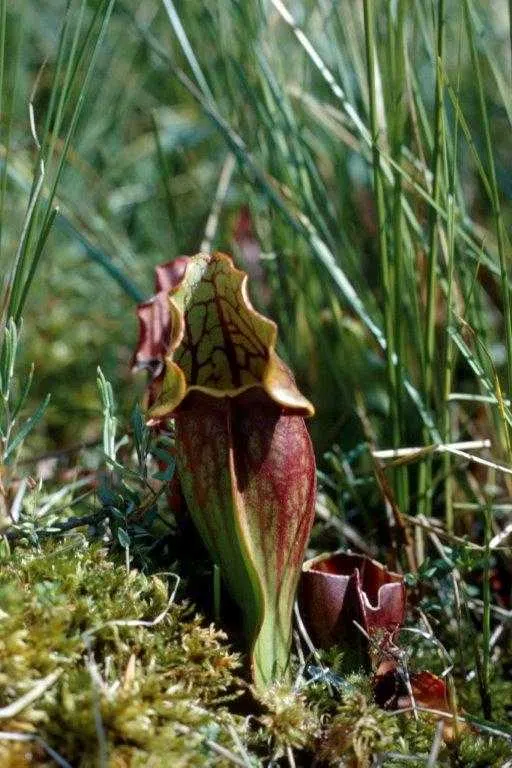
Waskesiu Snapshot
Boundary Bog Trail Hike
Ever wonder about the creatures that live in a bog or the environmental conditions that caused the bog to form? These questions and more are answered by Prince Albert National Park interpreters in a guided nature walk this September.
The Boundary Bog Tour begin Sunday, September 9 at 2:00 p.m. and is held every Sunday in September. Participants meet in the parking lot at the Boundary Bog Trailhead. Visitors are reminded to wear proper footwear and dress appropriately for the weather.
“We highlight some of the unique plants and how they’ve adapted to the bog,” said interpreter Jeri McKelvie. “The carnivorous pitcher plant, muskeg tea (Labrador tea), sphagnum moss, and the tamarack tree are a few of the ones we’ll point out along the trail.”


